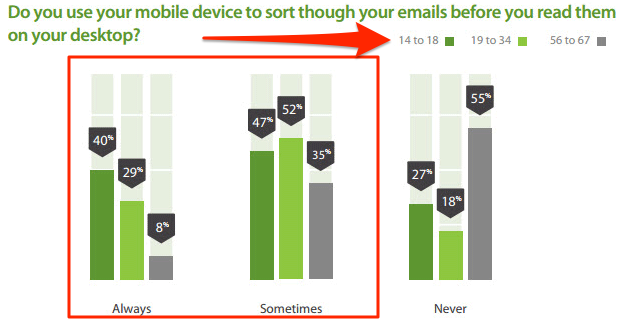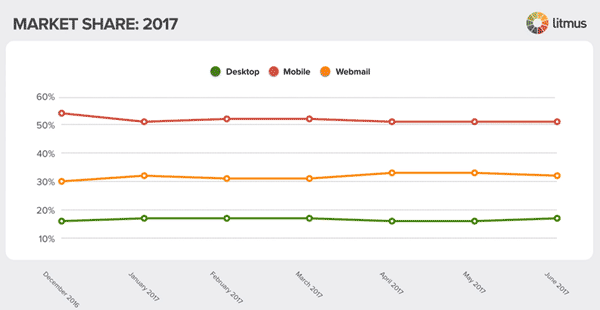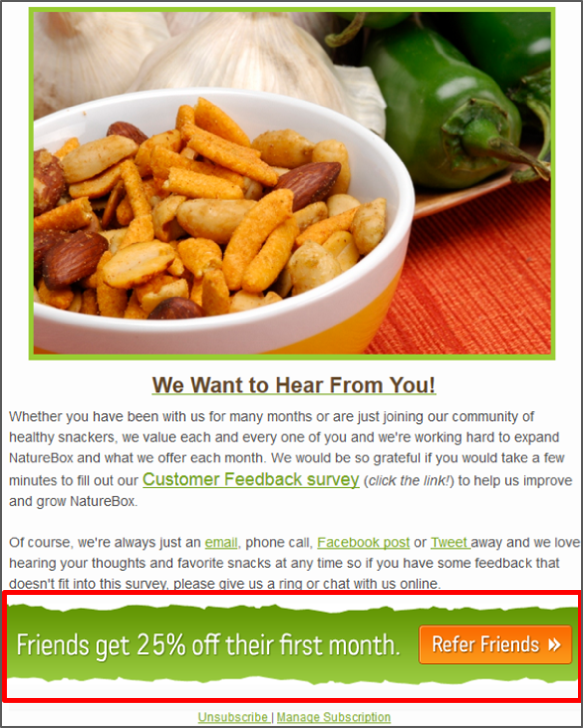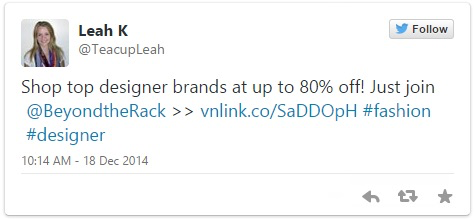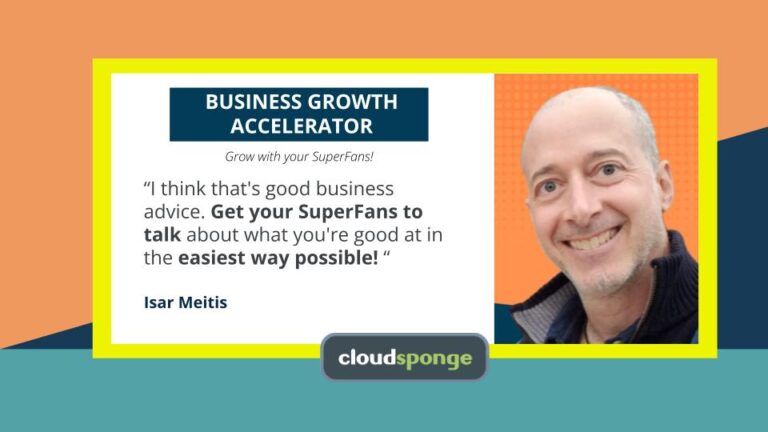At first sight, promoting a referral program seems so darn easy, doesn’t it?
You just need to position a link to it on the website strategically, and…you’re done.
You can practically start counting incoming referrals, right?
It’s just that; it rarely happens this way.
Most web visitors ignore your program, busy finding the information they really need.
And even though you continuously make it more prominent, your conversion rates still linger way below the acceptable level.
But if the website doesn’t deliver the results you seek, then what could?
Luckily for you, that’s exactly what I’m going to talk about in this post.
I’ll show you how to promote a referral program and generate awareness about it among your target audience with 6 super effective strategies.
But first, make sure you’ve done a feature audit of your referral interface. Use our Better Sharing Workbook to get started.
True Fact: Referral Programs Don’t Promote Themselves
You know, there’s a great story told by Gustaf Alströmer, the former head of growth at Airbnb about their very first referral program.
That’s how it looked:
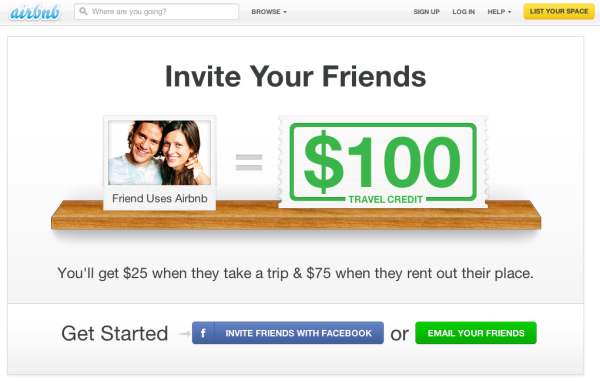
And leaving everything else aside, Alströmer admits one particular thing didn’t work as they had hoped for:
“Our biggest problem was that it wasn’t promoted. Most people on the site, and even the people who were employees never heard of it.”
Crazy, huh?

You can watch him discussing this in the video below (watch around 11-minute mark):
And to me, this example illustrates a simple truth about referral programs – For it to be successful, a referral program has to meet a simple formula:
Referral Success = Awareness + Conversions
Taking this further, the success of your program is limited first by the number of people who are going to know about it. And then, how many of them take the desired action.
And so, as you can imagine, the greater the number of people who enter your funnel, the higher your chance of achieving meaningful results from the program.
How to Raise Awareness About a Referral Program
We recommend six strategies for promoting a referral program:
- Emailing users about it
- Boasting about it on social media
- Promoting the program on conversion pages on the site
- Including it in user accounts
- Adding it to your employees’ email signatures (particularly customer service)
- Running social ads to promote it
So let’s take a look at each of those in turn.
Strategy #1. Emailing Current and Past Users
One of the most common misconceptions about referral programs is that your customers are going to find out about it themselves.
But as the Airbnb’s story confirms, it practically never happens.
At the same time, people who already use your solutions and trust your brand are the most likely to want to recommend it to others.
But why emailing them?
For one, email offers a chance for personal connection. Even if it’s an email blast you send to all customers at once, they’ll still feel like you’re connecting with them directly.
Also, as Tony Mariotti points:
“[…] email is a tool that expands the overall reach of your program and the potential volume of referral participation. Promoting your dedicated refer a friend page is a snap with an email campaign. Moreover, email is a flexible and very precise tool.”
However, there is one other, highly-important reason.
Email offers the greatest opportunity to reach mobile users.
And as it turns out, more and more of us check emails first on a mobile device, before moving to a desktop client.
Here, just take a look at those stats compiled by Jordie van Rijn:
And mobile email clients have far greater market share than their desktop or webmail counterparts.
Email ensures that you reach customers with the referral program at the time when they’re the most susceptible to receive it.
How to promote referral program in emails?
- Run dedicated campaigns to promote the program
- Include it in other newsletters and drip campaigns you typically send
- Add it to email signatures (more on this later in the post)
Example:
Strategy #2. Boasting About the Program on Social Media
Look, this really goes without saying:
Your social media audience comprises of people most likely interested in your brand.
Sure, there is a possibility that a small percentage of them followed you by accident. But for the most part, your followers are likely to spread the word about you.
And so, a referral program might make it easier for them to do so.
Example:
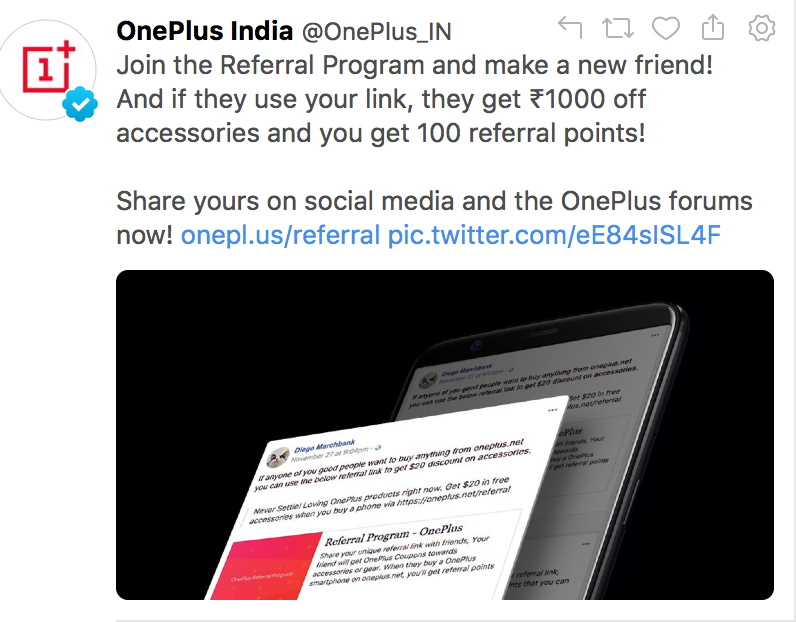
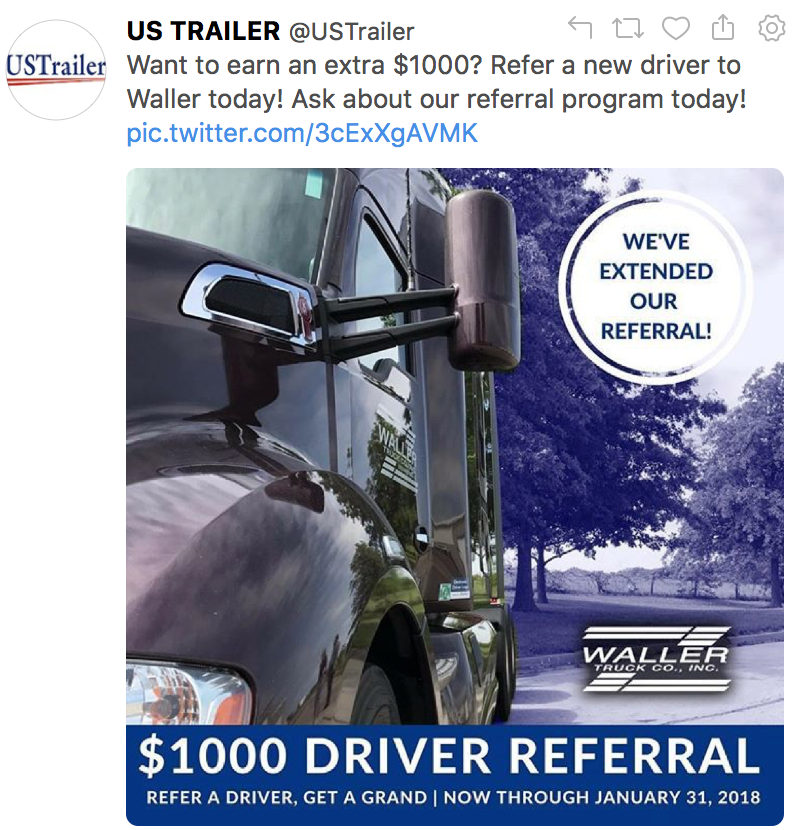
Strategy #3. Promoting the program on conversion pages on the site
This strategy is particularly useful if you run an e-commerce store or another website that focuses on sales rather than signups.
In this instance, you don’t have customer accounts to promote the program to (more on this option later).
But you can use the moment when a buyer is the closest to your brand, the actual purchase, to share your program with them.
Because you see, the moment when we’ve bought from someone is also the moment when we think highly of them. And, typically are excited about the purchase, experiencing positive emotions…
Now, here’s the kicker:
We’ve already scientifically established that positive emotions make us more likely to share content!

No, for real!
In their research-based Harvard Business Review article “The Emotions that Make Marketing Campaigns Go Viral,” the authors state:
“Strong emotions are key to viral sharing.”
And further add:
“Certain specific emotions were extremely common in highly viral content. […] Emotions that fit into the surprise and anticipation segments of Plutchik’s wheel were overwhelmingly represented.”
Those emotions, among others, include the feeling of amazement. Something we often feel when purchasing or signing up for a service we’re really eager to use.
Strategy #4. Including the Program in User Accounts
I admit that’s a relatively common strategy among SaaS companies:
Including information about the program in their users’ accounts.
And so, every person logging in to use the app is potentially exposed to the program.
Of course, you can go about this in a number of ways:
Place it somewhere visible, as AccuRanker does in their platform.

Include a link to it in the main navigation. Here’s how SEMrush does it:
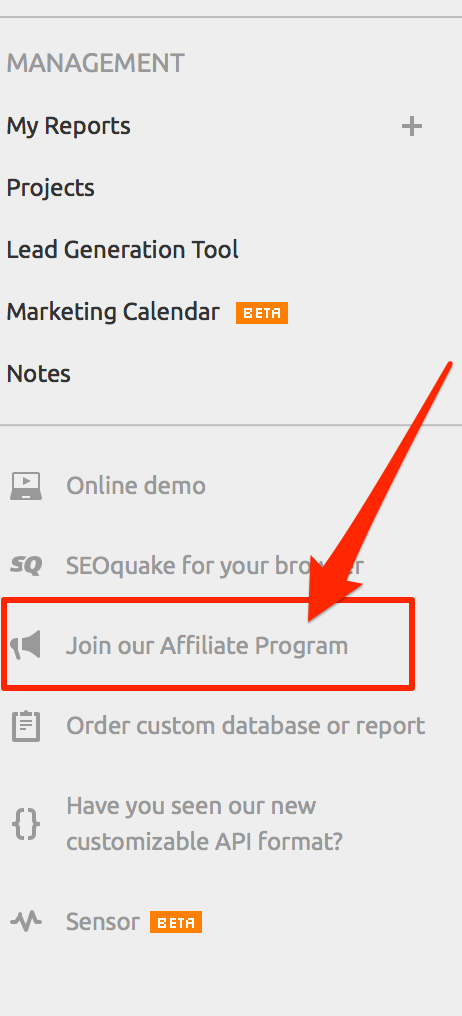
Finally, some products place the referral in the admin navigation or display an in-app notification about it.
Strategy #5. Adding a link to the program to your employees’ email signatures
You know, this strategy is so darn obvious, and yet, so rarely used.
But think about it, your team’s email and communicate with people so many times throughout the day.
Some answer existing customers inquiries.
Others reach out to new prospects.
And many of them email their professional networks too.
Needless to say, every one of those conversations presents an opportunity to promote your referral program.
How, by simply including a link to it in the email signature.
(And if you’ve just slapped your forehead in disbelief how simple this strategy is, don’t worry. According to research, only 52% of professionals actually use email signatures at all. Let alone using them for any promotion or marketing.)
Crazy, huh?
Strategy #6. Running Social Ads to Promote The Program
Finally, run social ads. It’s that simple.
It will help you further extend your reach beyond your social network. Or at least, without relying on them pushing your program to others.
And given targeting options advertising programs from the major social networks deliver, you can really reach out to people who offer the greatest opportunity to promote your program further.
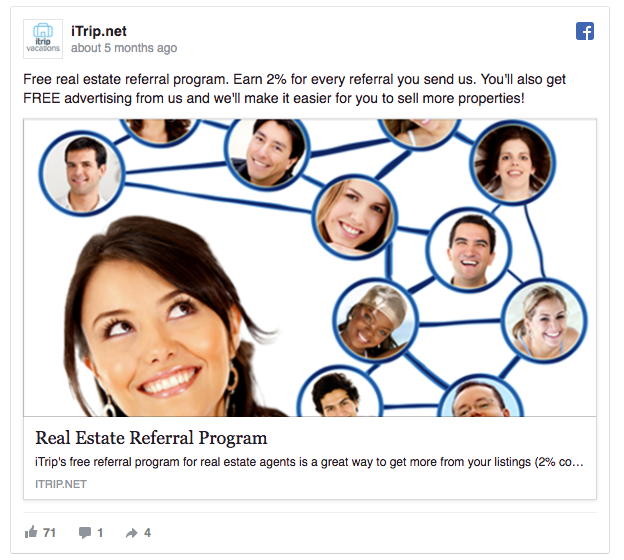
And now you know it…
The 6 strategies that will help you increase the success of your referral program.
All that’s left is to start implementing them.
Not sure where to begin? Try our 3 step Workbook and get started!
Best of luck.

